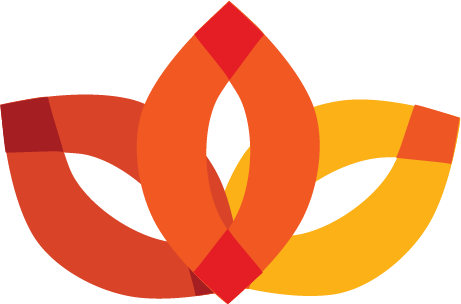

Gender observations is a tool to explore and bring to life differences in how women and men act and react in everyday interactions.
Most people in general agree on gender and diversity as important aspects, but in everyday interactions differences in how we act and react towards women and men often can become quite obvious. By observing those differences, the intention is to become more aware of how gender is done and how it can be challenged and transformed in such interactions. After we have become gender aware, we can discuss how to change behaviours.
Make an observation within the innovation system that you are researching. This could, for example, involve at- tending meetings, speci c organisational activities, or just listening and observing how people act and react in the canteen. Write down the following questions/aspects and make notes during the event. Important aspects to observe:
This is a tool for gender mainstreaming collaboratively created by two universities and some industry stakeholders, a gender mainstreaming checklist. The tool is designed to facilitate the integration of a gender and diversity perspective in projects and other activities. The app contains a checklist of practical gender mainstreaming in projects or other activities.
Gender observations is a tool to explore and bring to life differences in how women and men act and react in everyday interactions.
Despite a growing awareness of gender inequality there are still obsolete structures and practices within e.g. innovation systems. Acker for this reason proposed analysing gender systems in relation to structures, interactions, symbols, and identities.
Value exercise is a tool that encourages a discussion about your values, your team’s values, your organization’s values, and society’s values. The exercises can be a good way to begin a seminar or session, as an “ice breaker”, and as a way to stimulate new thinking. It can be varied in a number of ways, depending on issues, what statements are important to explore, and what prior knowledge and understanding participants have.
World café is a tool that invites stakeholders and other interested parties to explore questions and issues.
Developed by Flanagan in 1954, the Critical Incident Technique (CIT) is originally a technique for collecting observations on human behaviour to identify a particular event that somehow has been critical, either positively or negatively. The technique can be used in interviews, in focus groups, or in workshop settings within a work group.
Personas are fictional descriptions of a person whose goals, feelings, perceptions, experiences, etc. are relevant to the work group it is designed for. It is a commonly implemented design method to make the design team emphasize user experiences.
An action plan helps us go from visions to reality. It describes the way your team will use its knowledge, strategies, and competences to meet the objective of a gender equality and diversity aware innovation system. An action plan consists of a number of short- and long-term actions.